Nutritional approaches to improve shrimp larval quality and performance
Currently, most marine shrimp hatcheries still use live organisms such as algae, Artemia, and liquid/dry feeds for larvae; while broodstock are fed with polychaete worms, squid, oysters, clams, Artemia biomass, and formulated diets. Farming systems are mainly traditional aerated tanks, with limited wastewater treatment and biosecurity measures. Feeding decisions are often made by farm staff, with little involvement from nutrition experts.
From a nutritional perspective, shrimp larval quality depends on two main factors: (i) shrimp genetics and breeding (selection criteria, disease resistance, heat tolerance, etc.) and (ii) nutrition and feeding management (nutrient sources, feed formulation, feed production, feed management). Therefore, high-quality larvae can only be produced through the use of high-quality diets.

Developing feed formulations for shrimp requires a clear understanding of nutritional requirements and the selection of suitable raw materials. Although whiteleg shrimp (Litopenaeus vannamei) is the most widely farmed aquaculture species in the world in terms of production and value (FAO, 2025), there is still a lack of published data on the nutritional requirements of broodstock and larvae under practical farming conditions. Most existing research focuses on juvenile or grow-out shrimp.
Due to the lack of practical data on larval and broodstock nutritional needs, recommendations for replacing live feed have been based on earlier experience in the Philippines with black tiger shrimp (Penaeus monodon) (Tacon, 1986). Specifically:
-
Farming systems and water quality: Tanks and aeration systems originally designed for live feed must be adapted for processed diets.
-
Feed selection and nutrient composition: The nutritional quality of live feeds depends on prior rearing conditions, so properly formulated diets are needed to ensure optimal shrimp health and growth.
-
Physical properties of feed: Feeds should have high water stability and minimize nutrient leaching to maintain water quality.
-
Storage and transport: Preservation and transport processes must be optimized to maintain feed quality.
-
Feeding management: Feeding should be adjusted to shrimp’s actual needs rather than relying entirely on technician habits.
From a nutritional perspective, there are no nutrients or factors in live or fresh feed that cannot be incorporated into a fully formulated diet with equivalent performance. However, larval rearing systems need to be redesigned for the use of artificial feeds (instead of live feed), and broodstock must be provided with nutritionally complete diets throughout the reproductive cycle.
Source: nguoinuoitom

Vietnamese shrimp and catfish choose a sustainable path in global competition
End-of-Season Shrimp Prices Reach Record Highs
Norway – Russia Reach Barents Sea Fisheries Agreement for 2026
Cà Mau strengthens traceability to enhance the competitiveness of the shrimp industry.
Cold stress: Effects on the plasma characteristics of whiteleg shrimp.
A new breakthrough in the prevention of diseases caused by the microsporidian parasite EHP in shrimp farming
Vietnam’s shrimp export outlook in the first quarter of 2026 continues to face heavy pressure from tariffs.
New England’s shrimp fishery to shut down for the long haul after years of decline
Crab exports to the United States account for more than 80%.
Thailand sets a target to increase shrimp production to 400,000 tons by 2026.
CTU-RAS: Recirculating Shrimp Farming for Sustainable Development
Vietnamese aquatic products reach new markets








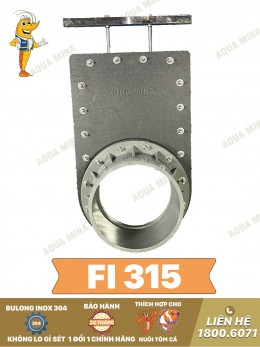
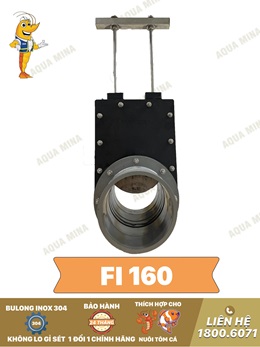
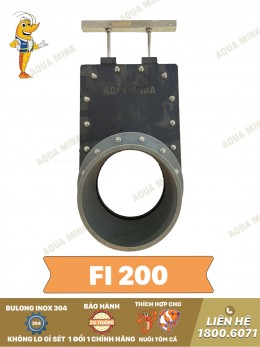
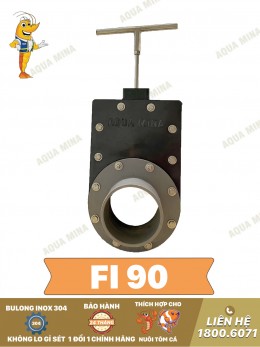
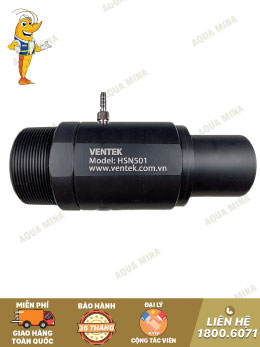
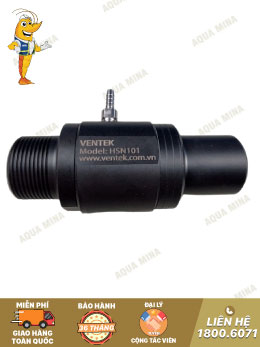
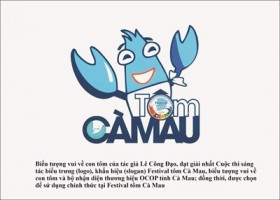
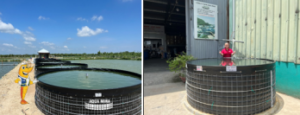
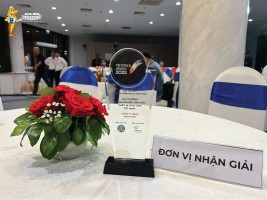
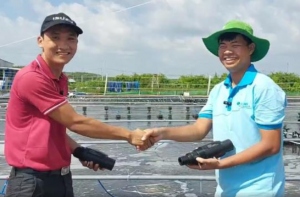
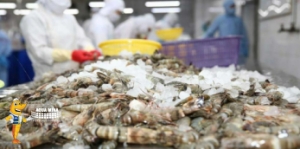
.jpg)